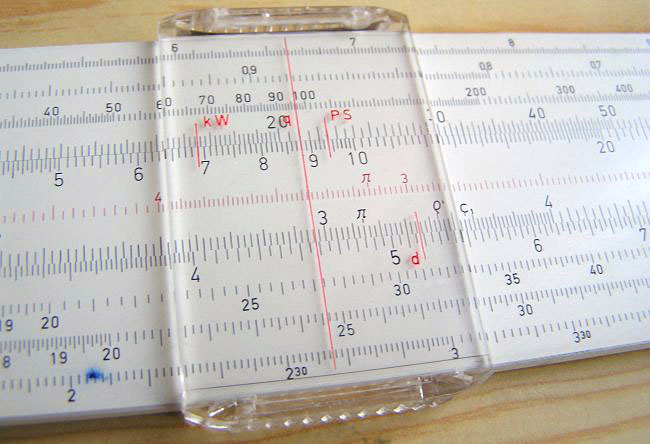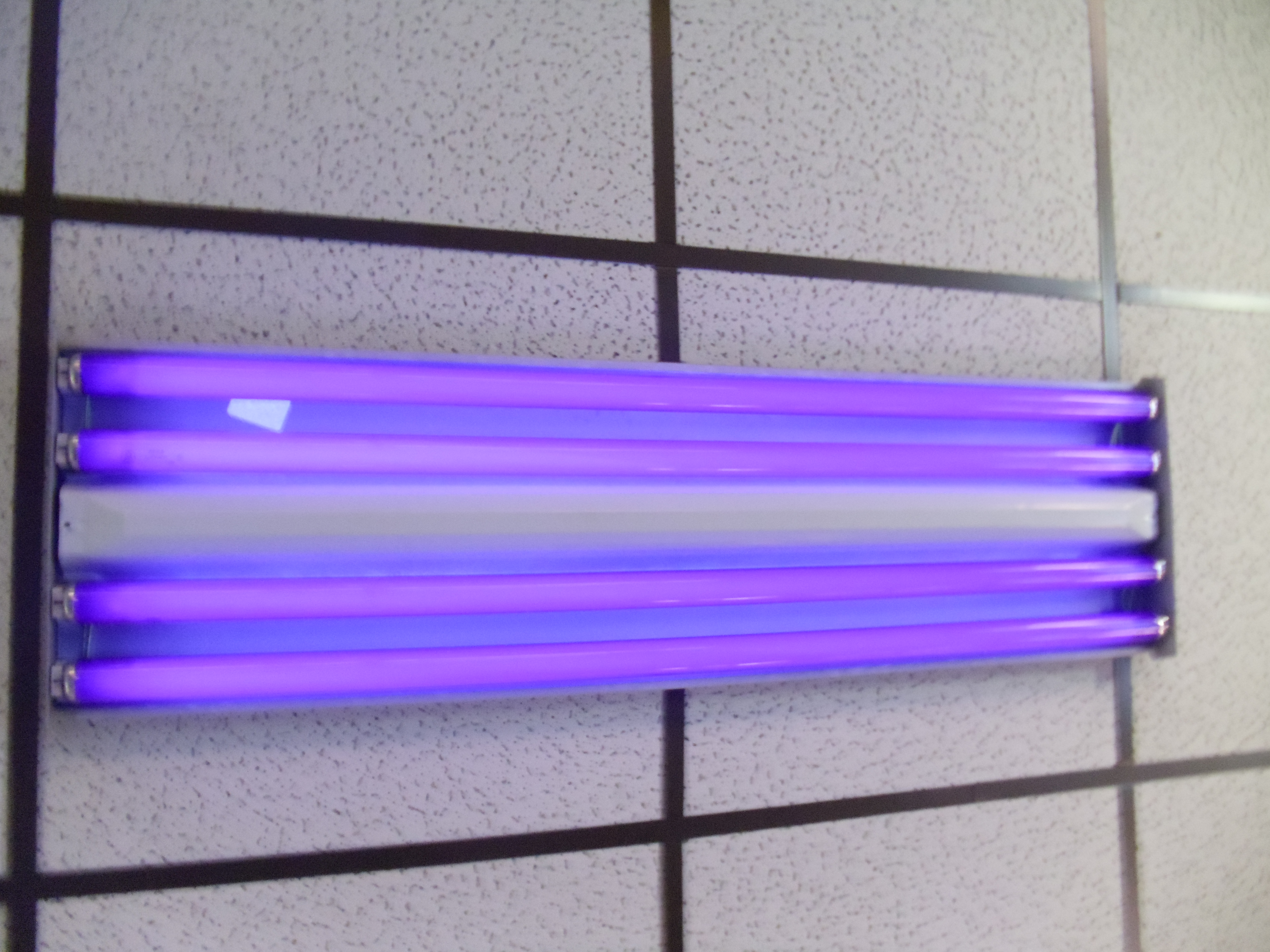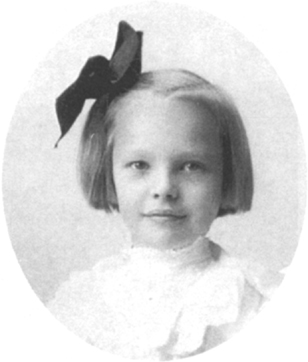|
E6B
The E6B flight computer is a form of circular slide rule used in aviation and one of the very few analog calculating devices in widespread use in the 21st century. They are mostly used in flight training, because these flight computers have been replaced with electronic planning tools or software and websites that make these calculations for the pilots. These flight computers are used during flight planning (on the ground before takeoff) to aid in calculating fuel burn, wind correction, time en route, and other items. In the air, the flight computer can be used to calculate ground speed, estimated fuel burn and updated estimated time of arrival. The back is designed for wind vector solutions, i.e., determining how much the wind is affecting one's speed and course. They are frequently referred to by the nickname "whiz wheel". Construction Flight computers are usually made out of aluminum, plastic or cardboard, or combinations of these materials. One side is used for wind triang ... [...More Info...] [...Related Items...] OR: [Wikipedia] [Google] [Baidu] |
Flight Computer
A flight computer is a form of circular slide rule used in aviation and one of a very few analog computers in widespread use in the 21st century. Sometimes it is called by the make or model name like E6B, CR, CRP-5 or in German, as the ''Dreieckrechner''. They are mostly used in flight training, but many professional pilots still carry and use flight computers. They are used during flight planning (on the ground before takeoff) to aid in calculating fuel burn, wind correction, time en route, and other items. In the air, the flight computer can be used to calculate ground speed, estimated fuel burn and updated estimated time of arrival. The back is designed for wind correction calculations, i.e., determining how much the wind is affecting one's speed and course. (Electronic option is available and can be used on FAA exams but pilots are still expected to know how to use the analog version.) One of the most useful parts of the E6B, is the technique of finding distance over time. Tak ... [...More Info...] [...Related Items...] OR: [Wikipedia] [Google] [Baidu] |
Slide Rule
The slide rule is a mechanical analog computer which is used primarily for multiplication and division, and for functions such as exponents, roots, logarithms, and trigonometry. It is not typically designed for addition or subtraction, which is usually performed using other methods. Maximum accuracy for standard linear slide rules is about three decimal significant digits, while scientific notation is used to keep track of the order of magnitude of results. Slide rules exist in a diverse range of styles and generally appear in a linear, circular or cylindrical form, with slide rule scales inscribed with standardized Graduation (instrument), graduated markings. Slide rules manufactured for specialized fields such as aviation or finance typically feature additional scales that aid in specialized calculations particular to those fields. The slide rule is closely related to nomograms used for application-specific computations. Though similar in name and appearance to a standard ruler ... [...More Info...] [...Related Items...] OR: [Wikipedia] [Google] [Baidu] |
Circular Slide Rule
The slide rule is a mechanical analog computer which is used primarily for multiplication and division, and for functions such as exponents, roots, logarithms, and trigonometry. It is not typically designed for addition or subtraction, which is usually performed using other methods. Maximum accuracy for standard linear slide rules is about three decimal significant digits, while scientific notation is used to keep track of the order of magnitude of results. Slide rules exist in a diverse range of styles and generally appear in a linear, circular or cylindrical form, with slide rule scales inscribed with standardized graduated markings. Slide rules manufactured for specialized fields such as aviation or finance typically feature additional scales that aid in specialized calculations particular to those fields. The slide rule is closely related to nomograms used for application-specific computations. Though similar in name and appearance to a standard ruler, the slide rule is not ... [...More Info...] [...Related Items...] OR: [Wikipedia] [Google] [Baidu] |
Wind Triangle
In air navigation, the wind triangle is a graphical representation of the relationship between aircraft motion and wind. It is used extensively in dead reckoning navigation. The wind triangle is a vector diagram, with three vectors. *The air vector represents the motion of the aircraft through the airmass. It is described by true airspeed and true heading. *The wind vector represents the motion of the airmass over the ground. It is described by wind speed and the inverse of wind direction. Note that by convention wind direction is given as the direction the wind is ''from''. In a vector diagram such as the wind triangle, wind direction must be stated as the direction the wind is blowing ''to'', or 180 degrees different from the convention. *The ground vector represents the motion of the aircraft over the ground. It is described by ground track and ground speed. The ground vector is the resultant of algebraically adding the air vector and the wind vector. The wind triangle ... [...More Info...] [...Related Items...] OR: [Wikipedia] [Google] [Baidu] |
True Airspeed
The true airspeed (TAS; also KTAS, for ''knots true airspeed'') of an aircraft is the speed of the aircraft relative to the air mass through which it is flying. The true airspeed is important information for accurate navigation of an aircraft. Traditionally it is measured using an analogue TAS indicator, but as the Global Positioning System has become available for civilian use, the importance of such air-measuring instruments has decreased. Since ''indicated'', as opposed to ''true'', airspeed is a better indicator of margin above the stall, true airspeed is not used for controlling the aircraft; for these purposes the indicated airspeed – IAS or KIAS (knots indicated airspeed) – is used. However, since indicated airspeed only shows true speed through the air at standard sea level pressure and temperature, a TAS meter is necessary for navigation purposes at cruising altitude in less dense air. The IAS meter reads very nearly the TAS at lower altitude and at lower spe ... [...More Info...] [...Related Items...] OR: [Wikipedia] [Google] [Baidu] |
Black Light
A blacklight, also called a UV-A light, Wood's lamp, or ultraviolet light, is a lamp that emits long-wave (UV-A) ultraviolet light and very little visible light. One type of lamp has a violet filter material, either on the bulb or in a separate glass filter in the lamp housing, which blocks most visible light and allows through UV, so the lamp has a dim violet glow when operating. Blacklight lamps which have this filter have a lighting industry designation that includes the letters "BLB". This stands for "blacklight blue". A second type of lamp produces ultraviolet but does not have the filter material, so it produces more visible light and has a blue color when operating. These tubes are made for use in "bug zapper" insect traps, and are identified by the industry designation "BL". This stands for "blacklight". Blacklight sources may be specially designed fluorescent lamps, mercury-vapor lamps, light-emitting diodes (LEDs), lasers, or incandescent lamps. In medicine, f ... [...More Info...] [...Related Items...] OR: [Wikipedia] [Google] [Baidu] |
Airspeed Indicator
The airspeed indicator (ASI) or airspeed gauge is a flight instrument indicating the airspeed of an aircraft in kilometers per hour (km/h), knots (kn), miles per hour (MPH) and/or meters per second (m/s). The recommendation by ICAO is to use km/h, however knots is currently the most used unit. The ASI measures the pressure differential between static pressure from the static port, and total pressure from the pitot tube. This difference in pressure is registered with the ASI pointer on the face of the instrument. Color-coded speeds and ranges The ASI has standard color-coded markings to indicate safe operation within the limitations of the aircraft. At a glance, the pilot can determine a recommended speed (V speeds) or if speed adjustments are needed. Single and multi-engine aircraft have common markings. For instance, the green arc indicates the normal operating range of the aircraft, from ''V''S1 to ''V''NO. The white arc indicates the flap operating range, ''V''SO to ''V ... [...More Info...] [...Related Items...] OR: [Wikipedia] [Google] [Baidu] |
Siegfried Knemeyer
Siegfried Knemeyer (5 April 1909 – 11 April 1979) was a German aeronautical engineer, aviator and the Head of Technical Development at the Reich Ministry of Aviation of Nazi Germany during World War II. Early career Knemeyer attended the Technische Hochschule Berlin, from which he graduated in 1933 with a dual major of theoretical experimental physics and aeronautical engineering. He was affiliated with the Academic Flying Group. In 1935 Knemeyer was a flight instructor for the Reich Air Ministry, a civilian organisation at the disposal of the German military. By 1936 Knemeyer's invention of the ''Dreieckrechner'' hand-held flight computing device, similar to American Lt. Philip Dalton's contemporaneous E6B invention, was starting to become commonplace in both military Luftwaffe aviation and German civil pilots' use. He enlisted in the Luftwaffe after the outbreak of World War II, on 4 September 1939.Herwig & Rode 1998, p. 14. World War II After serving as Field Ma ... [...More Info...] [...Related Items...] OR: [Wikipedia] [Google] [Baidu] |
Philip Dalton
Lt. Philip Dalton (April 1, 1903 – July 25, 1941) was a United States military scientist, pilot and engineer. Dalton is best known for his invention of several slide-rule analog flight computers, the most famous being the E6B. Early life and education Dalton was born in Scotia, New York to William and Ida Dalton, and studied engineering at Cornell University's College of Engineering where he joined the ROTC. Upon graduation he received a commission as a Lieutenant of Field Artillery in the United States Army Reserve . He continued his studies at Princeton University, where he received a Masters in Physics and Harvard after which he resigned his Army commission and joined the United States Naval Reserve. He received his wings at NAS Pensacola, and flew scout planes on the cruiser ''Northampton''. [...More Info...] [...Related Items...] OR: [Wikipedia] [Google] [Baidu] |
United States Army Air Forces
The United States Army Air Forces (USAAF or AAF) was the major land-based aerial warfare service component of the United States Army and ''de facto'' aerial warfare service branch of the United States during and immediately after World War II (1941–1945). It was created on 20 June 1941 as successor to the previous United States Army Air Corps and is the direct predecessor of the United States Air Force, today one of the six United States Armed Forces, armed forces of the United States. The AAF was a component of the United States Army, which on 2 March 1942 was divided functionally by executive order into three autonomous forces: the Army Ground Forces, the United States Army Services of Supply (which in 1943 became the Army Service Forces), and the Army Air Forces. Each of these forces had a commanding general who reported directly to the Chief of Staff of the United States Army, Army Chief of Staff. The AAF administered all parts of military aviation formerly distributed am ... [...More Info...] [...Related Items...] OR: [Wikipedia] [Google] [Baidu] |
Pearl Harbor
Pearl Harbor is an American lagoon harbor on the island of Oahu, Hawaii, west of Honolulu. It was often visited by the Naval fleet of the United States, before it was acquired from the Hawaiian Kingdom by the U.S. with the signing of the Reciprocity Treaty of 1875. Much of the harbor and surrounding lands are now a United States Navy deep-water naval base. It is also the headquarters of the United States Pacific Fleet. The U.S. government first obtained exclusive use of the inlet and the right to maintain a repair and coaling station for ships here in 1887. The surprise attack by the Imperial Japanese Navy on December 7, 1941, led the United States to declare war on the Empire of Japan, making the attack on Pearl Harbor the immediate cause of the United States' entry into World War II. History Pearl Harbor was originally an extensive shallow embayment called ''Wai Momi'' (meaning, “Waters of Pearl”) or ''Puuloa'' (meaning, “long hill”) by the Hawaiians. Puuloa was r ... [...More Info...] [...Related Items...] OR: [Wikipedia] [Google] [Baidu] |
Amelia Earhart
Amelia Mary Earhart ( , born July 24, 1897; disappeared July 2, 1937; declared dead January 5, 1939) was an American aviation pioneer and writer. Earhart was the first female aviator to fly solo across the Atlantic Ocean. She set many other records, was one of the first aviators to promote commercial air travel, wrote best-selling books about her flying experiences, and was instrumental in the formation of The Ninety-Nines, an organization for female pilots. Born and raised in Atchison, Kansas, and later in Des Moines, Iowa, Earhart developed a passion for adventure at a young age, steadily gaining flying experience from her twenties. In 1928, Earhart became the first female passenger to cross the Atlantic by airplane (accompanying pilot Wilmer Stultz), for which she achieved celebrity status. In 1932, piloting a Lockheed Vega 5B, Earhart made a nonstop solo transatlantic flight, becoming the first woman to achieve such a feat. She received the United States Distinguish ... [...More Info...] [...Related Items...] OR: [Wikipedia] [Google] [Baidu] |





